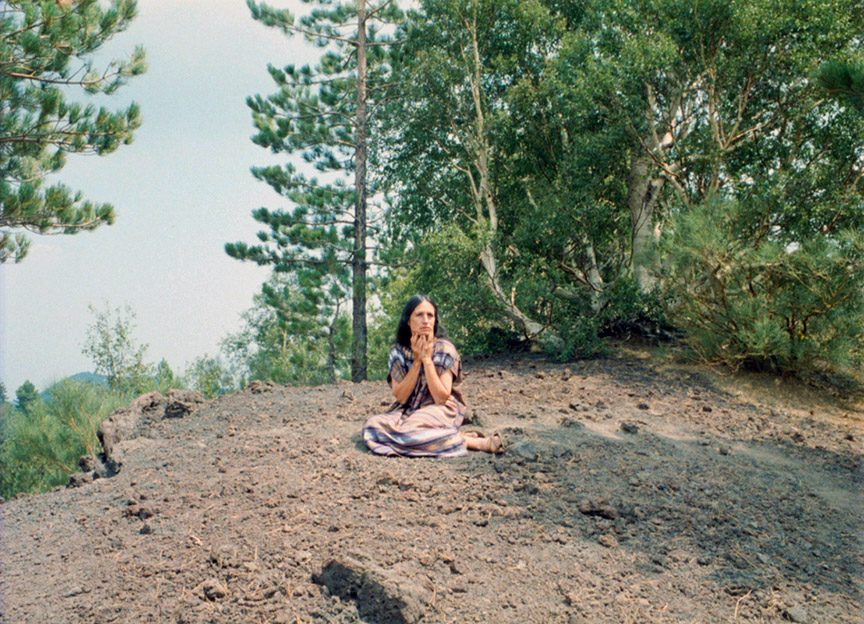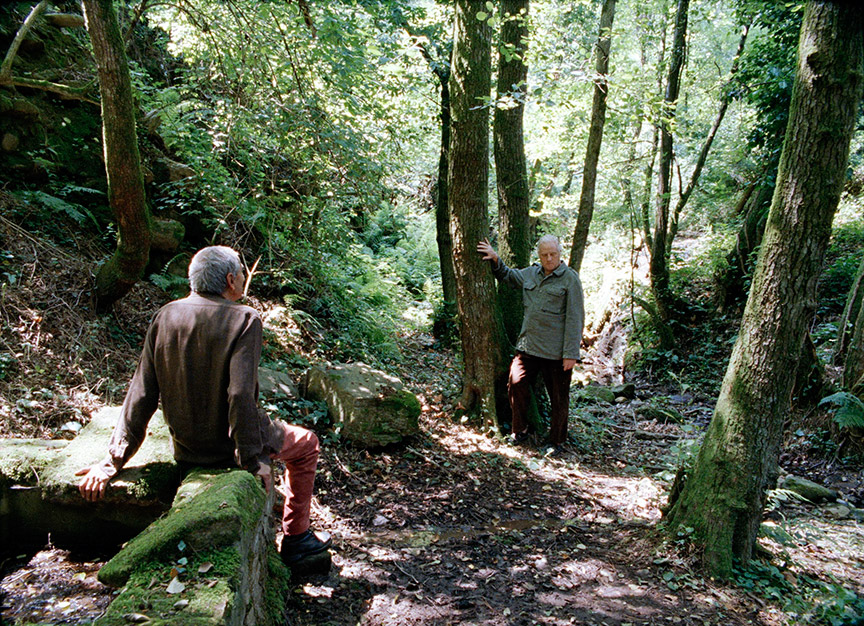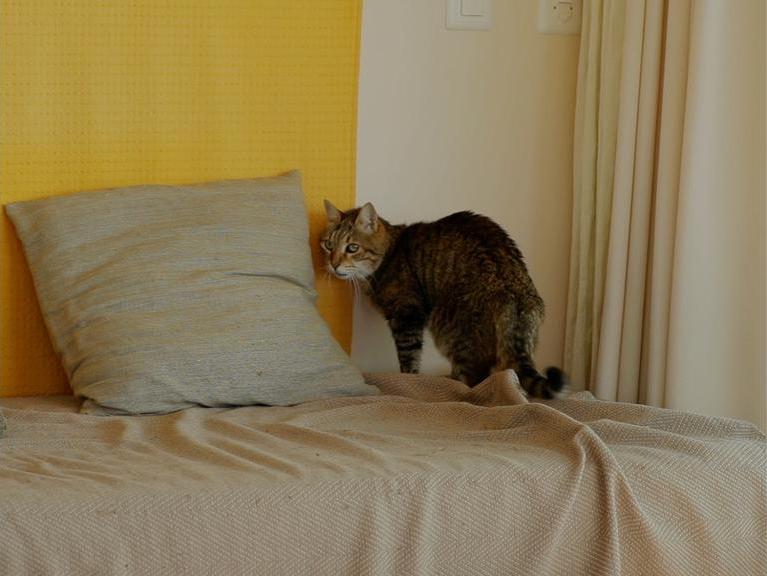Schwarze Sünde / Le genou d'Artémide / Où en êtes-vous, Jean-Marie Straub ?
Together with Courtisane, Art Cinema OFFoff salutes Jean-Marie Straub who passed away at the end of last year, shortly before he would turn 90 years old. We do so on the birthday of Danièle Huillet. The couple was inseparable for half a century, sharing life and work until Huillet’s death in 2006. Up until 2020, Straub continued to make more than twenty short films that he signed alone.
Straub and Huillet’s oeuvre is one of the most inventive, generous and uncompromising of modern cinema. Their vast filmography, a sensual cinema of the eye and the ear, is as rich as the many texts that have often served as the basis of their films: music by Bach and Schoenberg, paintings by Cézanne, writings by Brecht, Hölderlin, Duras, Kafka, Pavese and Vittorini. Created with intense rigour, each of their films demands our full attention at every moment, reinventing cinema as something still surprising and necessary. Their cinema is one of the uttermost concentration, capturing the whirlwind of the world in every tiny inch of matter. The sensible and the intelligible cannot be separated. That is what they have learned from the German poet Friedrich Hölderlin: the dream of the community to come is not embodied in laws and governments, but in gestures of life and forms of nature. The literary texts are not more important than the people reciting them, the space they find themselves in or the movement of light and colour shimmering through. What matters, in the end, is the sensible intensity which is always there, always in the present, affirming the enduring capacity for the construction of a new common world: a community of sense.
New 35mm film prints with English subtitles from Miguel Abreu Gallery in New York


